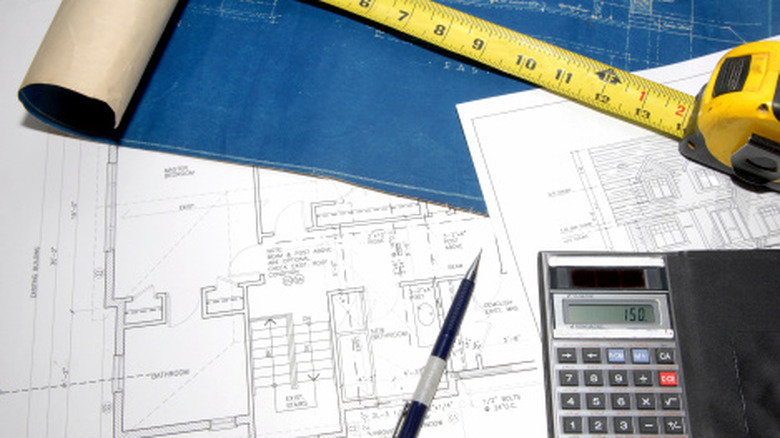How To Calculate Ankanams From Square Feet
Buying land or anything else in different areas of the world can become a fascinating study in linguistics. For similar reasons, trying to interpret measures from the past may become quite challenging.
Property measurements, whether new or old, impact property values, inheritance, and sale prices. Translating measurements from a diverse country like India into U.S. standard measurements requires some careful consideration.
When standard measurements aren't standardized
Early English measures varied from place to place and from one material to another. Even after the 10th-century Saxon king Edgar the Peaceable developed a standardized system, equivalents like "three barley corns equals an inch" still kept the measurements from being precise.
Like English standard measurements, the basic measurement system in India started as arbitrary measurements. In India, carpenters still use an anguli, which equals the measure of a man's finger, and a hath (or haath), which equals the measure of a man's arm from the elbow to the tip of the middle finger.
While these measures work fine for the individual, personal measurements don't work nearly as well when rulers, carpenters, or interpreters change. Individual, imprecise measurements create problems in a variety of ways.
If a plot of land is measured by someone using one version of a measurement and then sold by someone using a different version of the same measurement, the property's size — and, therefore, value — changes.
Measurement units in India
India has been populated by a variety of different groups and conquered several times. Different measuring units have been introduced and used in India based on these influxes and changes. Different regions use different languages and different measurement systems.
Only very recently has India adopted four base units from System International: the kilogram, kelvin (temperature), mole, and ampere.
Converting from square feet to ankanams
One traditional southern Indian measure used especially for land is the ankanam. One ankanam equals 72 square feet. If an online calculator isn't available, the math conversion is fairly straightforward.
Essentially, the conversion factor of 1 ankanam equals 72 square feet serves as a ratio. Using the conversion ratio 1:72, create an equation. Suppose an American newspaper lists a 1,440 square foot house for rent in New Delhi, India, but the rental rate is shown as a cost per ankanam.
To convert from square feet to ankanam, set the ratio as 1:72 = x:1440 where x is the number of ankanam. Calculate the ratio by multiplying the inside numbers together and setting the result equal to the product of the outside numbers. So, 72x = 1440. Divide by 72 to find that x = 20. The rent would therefore be based on an area of 20 ankanam.
Other traditional Indian units
Other traditional Indian units are the gaj and the gajam. In some areas, 1 gaj equals 3 linear feet while in other areas, 1 gaj or gajam means 1 square yard in English units. So, 1 gajam equals 9 square feet.
The ankanam is a traditional unit in southern India, especially parts of Andhra Pradesh and Karnataka. Other measurements of land in Telugu include the cent. In the Telugu language, 1 cent equals 48 gajams. 1 gajam equals 1 square yard in Telugu.
Bighas change from state to state. In Himachal Pradesh, 1 acre equals 5 bighas while in Punjab and Haryana, 1 acre equals 4 bighas. These differences in land measurement between states may cause both confusion and frustration for those not familiar with the local land measurement system. As a side note, in India, a plot of land can be any size. A ground, however, is an area of land equal to 2,400 square feet. Land documents usually give the land area in grounds or square feet.
References
- ihc2015.info: Ankanam to Sq. Yards
- Academia.edu: Measurement Units of Length, Mass and Time in India Through the Ages
- Bloomberg – Quint: India Adopts New Standards for Base Measuring Units
- Indian DIY Blogspot: Traditional Units of Measurement in India
- Academia.edu: Length and Area Measurement System in India Through the Ages
- Encyclopaedia Britannica: British Imperial System
- Simple Converter: Land Measurement in Telugu
